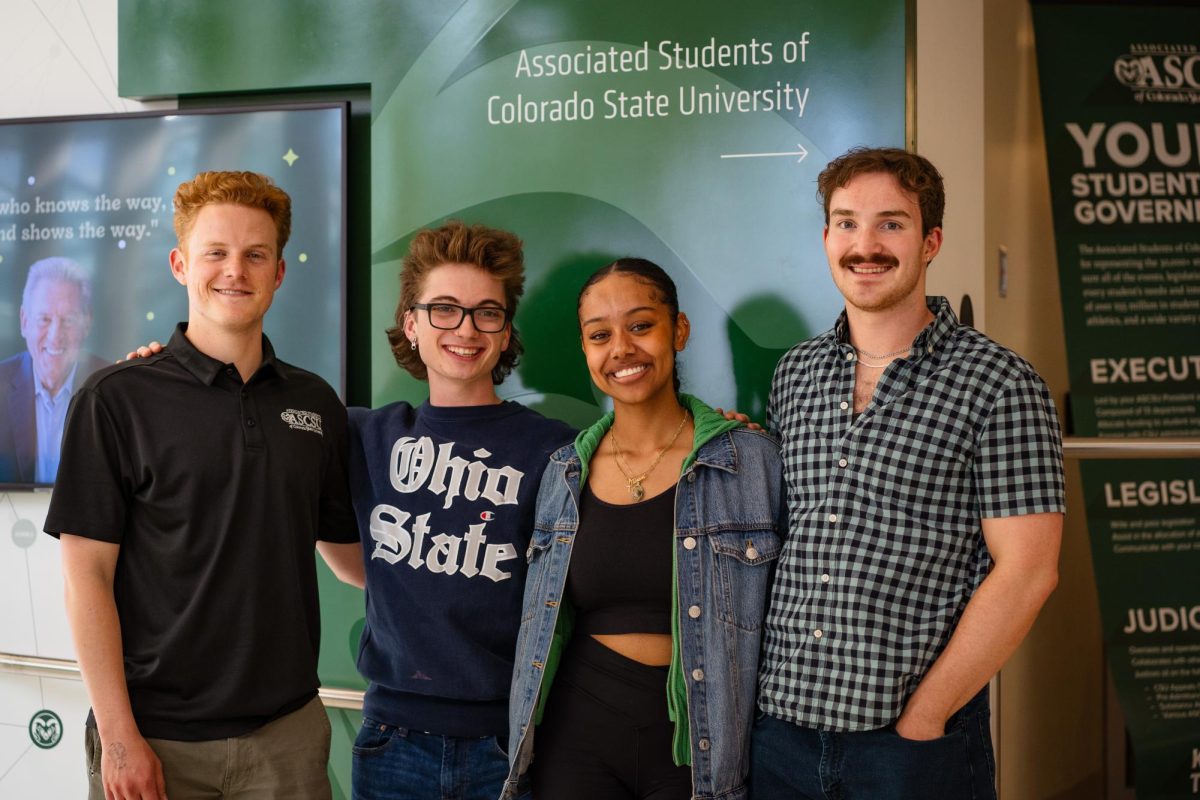
Sage grouse conservation is thriving in part due to Associate Professor in the Department of Ecosystem Science and Sustainability, Michael Falkowski.
The Sage Grouse Initiative, launched in 2010 by the United States Department of Agriculture, works to conserve the sage grouse population on private lands. Falkowski developed the Tree Canopy Cover layer as part of an interactive online map, which depicts pinyon and juniper trees as some of many threats to sage grouse.
Ad
Sage grouse are chicken-like birds that live in large, sagebrush spaces, which is why Falkowski’s work to map tree cover is so important.
“Trees can harbor predators and also impede sage grouse movement. Evidence suggests that grouse will stop using breeding areas with as little as 5 percent invasive tree cover,” Falkowski said. “This tool precisely maps the location and distribution of trees across the sage grouse range.”
Dr. Danielle Bilyeu Johnston is a Wildlife Habitat Researcher for Colorado Parks and Wildlife. Johnston is currently working on a project testing different mechanical techniques for removing pinyon and juniper trees. These trees are what Falkowski maps in order to conserve sage grouse habitats.
“Dr. Falkowski’s conifer mapping efforts will allow us to do a much better job of quantifying the impact of conifers on sage-grouse habitat,” Johnston said.
The SGI targets 11 western states to conserve sage grouse life, including California, Colorado, Idaho, Montana, Nevada, North Dakota, Oregon, South Dakota, Utah, Washington and Wyoming.
Falkowski’s work will lead to the removal of pinyon and juniper trees in their youngest state. This will both alleviate the cost of removing trees when they are already developed and help sage grouse conservation.
“By understanding the spatial distribution of invasive tree cover in relation to other sage grouse habitat characteristics land managers can more effectively locate areas for habitat improvement and management,” Falkowski said. “This will help more effectively utilize limited financial resources while maximizing biological benefits to the sage grouse.”
Falkowski wants to acknowledge the funding for his work supported by a grant administered by the Western Association of Fish and Wildlife Agencies (WAFWA). Funding partners including the U.S. Fish and Wildlife Service, the Bureau of Land Management, the National Fish and Wildlife Foundation and the Utah Department of Natural Resources Watershed Restoration Initiative accompany the grant.
Christopher Davis, a senior studying natural resource management, said he appreciates the recognition of Falkowski’s work and the impact it brings on other students in the Warner College of Natural Resources.
Ad
“Their (professors’) research allows us to look more in depth and understand the natural environment in an ever-changing environment on a global scale,” Davis said.
Collegian Reporter Savannah Hoag can be reached at news@collegian.com or via Twitter @Sav_Hoag.


















